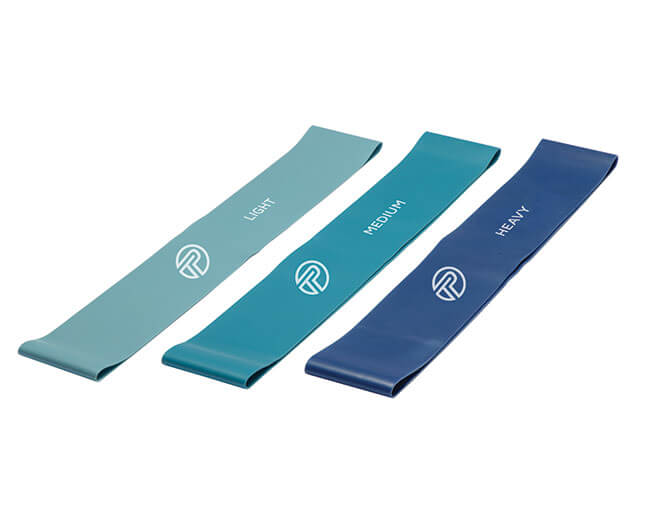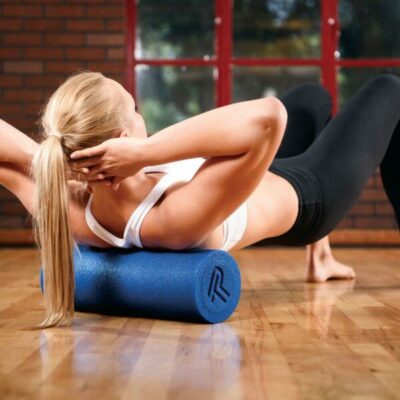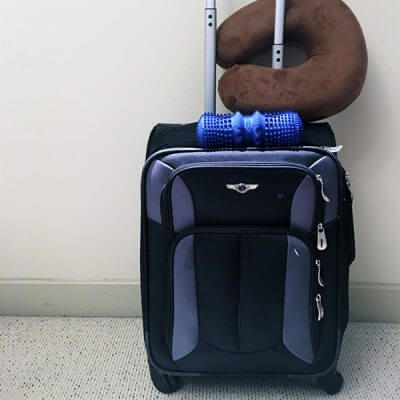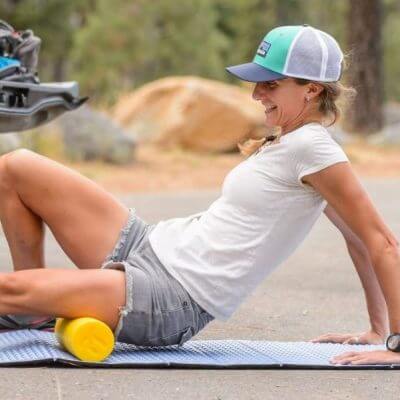Writer: Pro-Tec Elite Athlete and Champion Ultrarunner Dylan Bowman
As I wrote about in a previous Pro-Tec blog, I’ve suffered a couple serious ankle injuries during my career as a professional trail/ultra runner. In addition to the very acute sprains and fractures, I’ve also suffered countless twists and tweaks of both ankles, resulting in a pretty common but very frustrating condition known as Chronic Ankle Instability. Regrettably, it was only recently that I learned the amazing benefits of basic physical therapy exercises in improving this condition and giving me confidence in my feet once again. As they say, better late than never!
 The following Resistance Band exercises make up my daily PT routine and are specific to me based on functional strength tests conducted by a licensed practitioner. While I’m sure they’d help virtually anyone with similar ankle instability, I’d definitely encourage you to seek out a professional to run you through a similar battery of test and create your own routine specific to the strengths and weakness contributing to your ankle problems.
The following Resistance Band exercises make up my daily PT routine and are specific to me based on functional strength tests conducted by a licensed practitioner. While I’m sure they’d help virtually anyone with similar ankle instability, I’d definitely encourage you to seek out a professional to run you through a similar battery of test and create your own routine specific to the strengths and weakness contributing to your ankle problems.
Seated Figure 4 Inversion
This exercise is to strengthen the muscles on the inside of the calf responsible for ankle inversion. During a functional test, it was found that these muscles were very weak and out of balance with the muscles on the outside of my calves. Since imbalance contributes to instability, it was important to address the weakness with this very simple exercise. I do 2 sets of 30 repetitions on each foot every day.
Seated Figure 4 Eversion
While the muscles on the outside of my calf seemed stronger than the inside, it seems they don’t “fire” as effectively as they should, particularly during the split second an ankle roll occurs. So instead of a strength deficiency, I’m dealing with more of a functional and neuro-muscular deficiency. The peroneal muscles, as they’re called, are critical for catching the ankle when it rolls outward during a classic inverted ankle sprain, so it’s very important to ensure the muscles are engaging at the right moment to avoid a significant injury like the ones I’ve endured. This very simple motion helps to enhance the neuro-muscular relationship while providing a little extra strength as a bonus. Like the inversion exercise, I do 2 sets of 30 reps of this exercise every day.
Adductor Marches
Another significant weakness revealed by my Physical Therapist was in my adductors – the muscles on the inside of the thigh. While further up the chain than the muscle groups isolated by the first two exercises, any significant weakness in the leg can lead to compensation injuries and exacerbate instability in the ankle joint. This exercise has dual benefits. The first and more obvious payoff is strengthening the weak adductor muscles, leading to more efficient muscle function throughout the running gait. The second benefit is that it really helps improve lower leg stability as well. Since the resistance band is pulling the drive leg outward, the standing leg must work double time to maintain single-leg balance. So if you do this one correctly, you’ll feel it both in the adductor of the drive leg and in the calf/ankle muscles in the standing leg. I do 2 sets of 20 reps of this exercise on both feet each day.
Banded Lateral Shuffle
The final exercise I do every day using the Pro-Tec Resistance Bands focuses on an area of the body that is notoriously weak in runners – the glutes. While the glute muscles are far from the foot and ankle joint, they have an important role in foot positioning during the landing phase of the running gait. So, if your glutes are weak or not firing appropriately, your foot may land in a more supinated position, with less control, and thus very vulnerable to ankle sprains. As such, it’s very important to ensure these muscles are strong and engaged throughout the course of your training block, particularly, if like me, you do virtually all of your training on uneven surfaces. I do 3 sets of 30 seconds at least once per day. Importantly, you must point your toes inward to appropriately isolate the glute muscles during this exercise.
I hope this blog and associated videos help you to improve or regain functional ankle stability in your training. Even though these exercises have been a huge part of my rehab from ankle injury, I anticipate making them part of my daily body maintenance practice every day, even when I return to 100% health. Remember, prehab is better than rehab. Thanks Pro-Tec for the tools to get there!
Shop Resistance Bands here.





